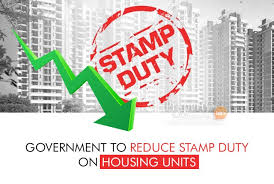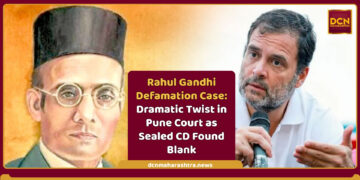Pune : Knight Frank India, in its latest report, highlighted that Pune’s real estate market recorded 19,012 property registrations in February 2025. On a yearly basis, registrations remained steady, with a modest 1% year-on-year (YoY) growth While on a month-on-month (MoM) analysis registrations increased by 9%. The city generated over INR 712 crores in stamp duty collections from property registrations in February 2025, marking a 7.6% YoY and 12% MoM rise. This increase in stamp duty revenue was driven by a higher share of transactions involving properties priced at INR 1 crore and above. Pune’s housing demand continues to be supported by ongoing infrastructure development, its relative affordability compared to other major cities, and strong homebuyer sentiment.
The demand for homes priced above INR 1 crore and above has witnessed a significant rise, with this segment’s share increasing from 14% in February 2024 to 16% in February 2025. This shift highlights the growing preference for premium housing in Pune’s real estate market.
Shishir Baijal, Chairman and Managing Director, Knight Frank India said, “Pune’s real estate market remained steady, with 19,012 property registrations recorded in February 2025. The growing demand for high-value homes, particularly those priced above INR 1 cr, highlights strong buyer confidence in the premium segment. Larger homes continue to attract interest, driven by evolving lifestyle preferences and affordability, supported by ongoing infrastructure upgrades. These trends reinforce Pune’s position as a resilient and attractive destination for homebuyers.”
The demand for larger apartments remains strong, with the share of units exceeding 800 sq ft rising from 24% in February 2024 to 32% in February 2025. This trend underscores the continued preference for spacious homes in the post-pandemic era.
In February 2025, Central Pune—including Haveli Taluka, Pune Municipal Corporation (PMC), and Pimpri Chinchwad Municipal Corporation (PCMC)—maintained its lead in residential transactions, accounting for 76% of the market. However, this represented a slight decline from the previous year as emerging developments in other parts of the city catered to evolving homebuyer preferences. West Pune, which includes Mawal, Mulshi, and Velhe, held the second-largest share at 12%, while North, South, and East Pune collectively contributed 11% of transactions during the same period.

















